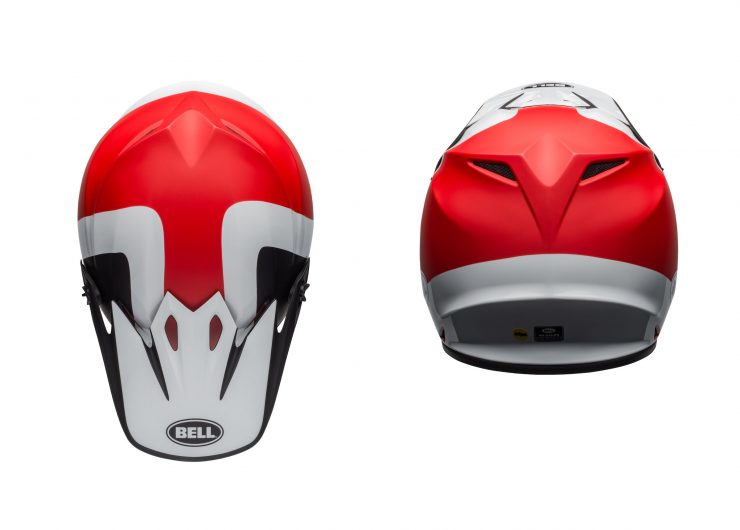The new Bell MX-9 MIPS Presence Helmet makes use of the revolutionary Multi-Directional Impact Protection System, a technology designed to protect the brain from traumatic injuries caused by rotational energy.
What is MIPS and how does it work?
The Multi-Directional Impact Protection System (MIPS) was developed by Swedish neurosurgeon Hans von Holst in collaboration with Peter Halldin, a researcher at the Royal Institute of Technology. After a few years of research the men founded MIPS AB in 2001 with 3 other specialists in the biomechanical field from the Royal Institute of Technology in Sweden.
The company was founded to allow them to license their potentially life-saving design technology to helmet manufacturers in the hopes of saving both cyclists and motorcyclists from brain injuries caused by rotational acceleration/deceleration.
MIPS is a slip-plane system that can move 10 to 15 millimeters inside the helmet, thus mimicking the brain’s own built-in protection system. This layer is designed to rotate inside the helmet to slow or reduce the amount of energy transferred to or from the head/brain. Science shows that if you can reduce the strains associated with rotational acceleration, you’ll likely reduce the risk (and severity) of brain injury.
The Bell MX-9 MIPS Presence Helmet
This new version of the popular Bell MX-9 incorporates MIPS technology, inside a shell that also meets or exceeds both the DOT (USA) and ECE (Europe) helmet certification standards. The MX-9 has a lightweight polycarbonate shell that comes in three sizes to ensure you get the optimal shell for your head size.
For warm weather the MX-9 has a built-in velocity-flow ventilation system and a moisture wicking, removable and washable air channeled liner, an integrated vented roost guard, and importantly an EPS-lined chin bar.
Each Bell MX-9 helmet comes with Bell’s 5 year warranty and your choice of four colorways including matte black/white/red (shown), matte black/titanium, matte black/white, and matte black/flo orange.





